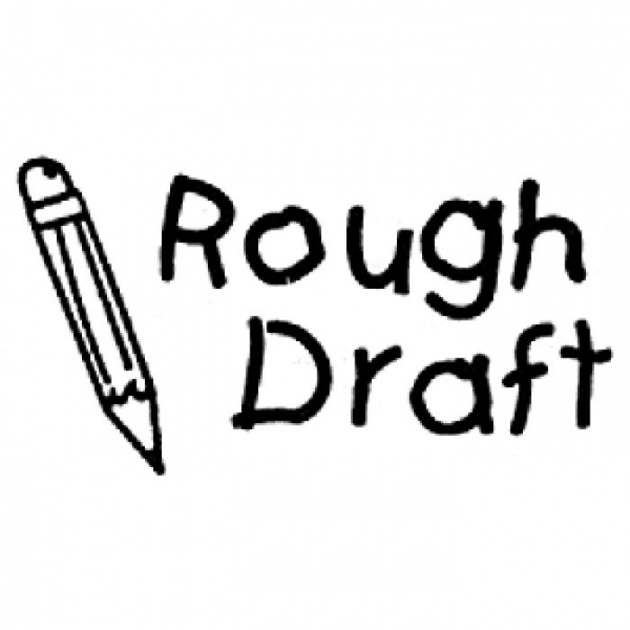How to do the first draft (more helpful version)
Have your notes, your plan, and any other resource materials (ie the poem you are quoting from or an article you have to refer to etc.) you may need infront of you. If you have done your planning and preparing on a computer, it is best to print out those materials or to tile your pages so that you can see them while you are working. Now that you are ready, sit down and try to write the draft all the way through in one go. Don't fuss or worry over any one part of it yet. If you can let yourself get into the flow of writing, your words will come more easily, and you are more likely to find connections between the ideas. Don't rush: Let yourself explore the ideas as you go. Don't worry, either, over any particular paragraph. Try to get the whole essay out of your head and onto the page.
A lot of people get stuck on the introduction . If you are one of them, how about jumping to the first paragraph and going from there? You can go back later and write the intro. Similarly you can skip any of the paragraphs while writing the first draft. If you get stuck, move on then go back to work on it in the second draft/editing stage.
The main idea (trick) is to write the essay as a flowing whole and to really let the ideas and words splash out onto the paper. At this stage of writing, DO NOT spend time fixing anything. DO NOT change anything. DO NOT even consider bothering about your spelling or grammar. You will fix and change in the next stage.
The advice above holds true for basically any kind of paper. But you will, at some point, have to write a long, complex paper that incorporates many elements and develops more than one central idea. You're quite right thinking that simply sitting down and writing after thinking about it, brainstorming etc. and making a plan might not work. Don't be frightened! The answer is to conceptualize your paper a little differently. Here are two ways to do just that:
1. Write the paper in parts. Before you can do that, however, you have to make a strong plan. (See Structure and planning.) Once you have your plan, focus on each individual paragraph or section of related paragraphs. Don't attempt to write the whole essay at once, instead treat each paragraph as a mini essay. Look at your notes, think about the goal of that particular paragraph and what you want to accomplish then go for it!!! Try and write the whole paragraph in one sitting. Then, go back to your plan and your notes and work out what you want to do for the next paragraph or next set of related paragraphs, then go through the process again for each of them. When you have finished all of the paragraphs, go back and write the introduction. Then, read through all of the paragraphs (don't change anything yet!!!) and write your conclusion. Yes, your paper may be disjointed after the first draft, but that's O.K.! In the editing stage you can work on transitions and on making the paper feel whole and connected. (See Editing and rewriting.)
2. Think of how your long, complex paper would look if it was a smaller assignment, say a five page paper. Think of what that would look like and how it would read. What would the main parts of that be? Compare that idea to the plan that you have already created. Each part of the smaller paper will, of course, be expanded in the longer assignment. But by thinking of it in this way, you can then work on each part with an idea of what you're trying to accomplish with each individual section, but you will also have a good idea of how all the parts will fit together to form the whole essay.




